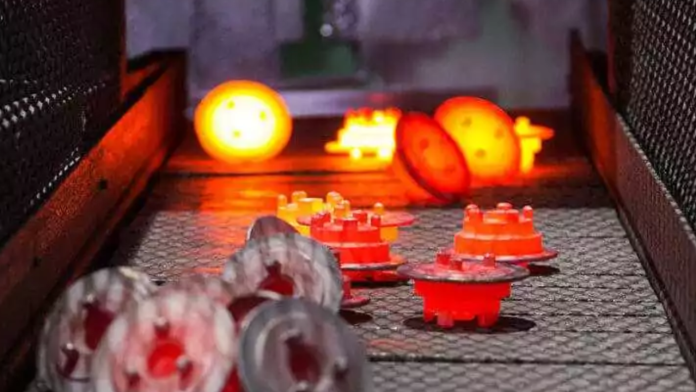Custom steel forging entails the introduction of high-power metal components through a system in which heated metal is shaped under severe strain. This method complements the steel’s mechanical properties with the aid of refining its grain structure, resulting in advanced toughness, ductility, and resistance to wear and tear. The procedure normally starts with heating billets or ingots to a malleable temperature, followed by shaping them using various forging strategies, including open-die, closed-die, and precision forging.
By tailoring the forging process to meet particular design necessities and performance standards, manufacturers can produce components with specific dimensions and advanced energy characteristics. This custom forging permits the optimization of components for their intended software, making sure of reliability and sturdiness in disturbing environments.
The Role of CAD in Custom Steel Forging
Computer-aided design (CAD) performs a pivotal role in the custom metal forging process, revolutionizing how designs are created, evaluated, and accomplished. CAD technology offers several benefits that enhance the performance, accuracy, and quality of forging operations. Here’s a detailed exploration of the role CAD plays in custom metal forging:
Design Precision and Optimization
CAD structures permit the specific and detailed design of metal additives. Engineers can create rather accurate 3D models of elements, capturing each measurement, feature, and tolerance required. This precision guarantees that the final cast product will meet specific specs. CAD software programs also allow for the optimization of designs, permitting engineers to investigate and alter the geometry of elements to beautify overall performance while minimizing fabric waste and production charges.
Simulation and Analysis
One of the key advantages of CAD is its ability to simulate the forging process and analyze how one-of-a-kind variables will affect the final product. CAD software programs can perform simulations of the forging method, along with material waft, thermal consequences, and pressure distribution. These simulations help engineers anticipate capability problems, which include cloth defects or deformation, and make essential adjustments to the design.
Integration with Manufacturing Processes
CAD structures combine seamlessly with different production technologies, along with computer-aided manufacturing (CAM) and computer Numerical management (CNC) machines. This integration streamlines the transition from design to manufacturing, ensuring that the cast elements are synthetic precisely as supposed. CAD fashions may be without delay used to create distinct toolpaths and commands for CNC machines, facilitating correct and efficient production.
Customization and Versatility
Custom metallic forging often calls for bespoke solutions tailor-made to specific desires. CAD technology allows for clean customization and the change of designs to meet specific requirements. Engineers can quickly adapt and refine designs based totally on feedback or changing specifications, making sure that the very last product meets the appropriate desires of the patron. This pliability is mainly treasured in industries in which custom components need to be engineered for specialized packages.
Documentation and Communication
CAD systems generate comprehensive documentation that helps the forging method. Specified drawings, specs, and assembly commands are produced, offering a clear reference for production and great management. This documentation allows for making sure that every stakeholder, from layout engineers to manufacturing groups, is aligned and knowledgeable for the duration of the technique. Effective communication and documentation lessen the chance of misunderstandings and errors.
Error Reduction and Quality Control
The use of CAD substantially reduces the probability of errors within the layout segment. Computerized assessments and validations inside CAD software programs can pick out potential troubles, such as layout inconsistencies or tolerance violations, earlier than the forging manner starts offevolved. By catching and addressing these issues early, CAD enables the maintenance of high first-class and reduces the desire for high-priced remodels or changes at some point in production.
Innovation and Development
CAD fosters innovation in custom metal forging with the aid of allowing the exploration of recent design ideas and substances. Engineers can experiment with complicated geometries and superior materials that might not have been possible with conventional methods. This functionality drives technological improvements and allows for the development of revolutionary cast components that meet evolving enterprise demands.
Summary
Computer-aided design (CAD) is integral to the custom metal forging process, presenting a variety of benefits that enhance layout precision, manufacturing performance, and average quality. With the aid of superior visualization, simulation, and integration abilities, CAD generation transforms how cast components are designed, produced, and evaluated. Its function in optimizing designs, decreasing mistakes, and fostering innovation underscores its importance in handing over splendid, custom-cast parts that meet the exacting standards of present-day industries.







